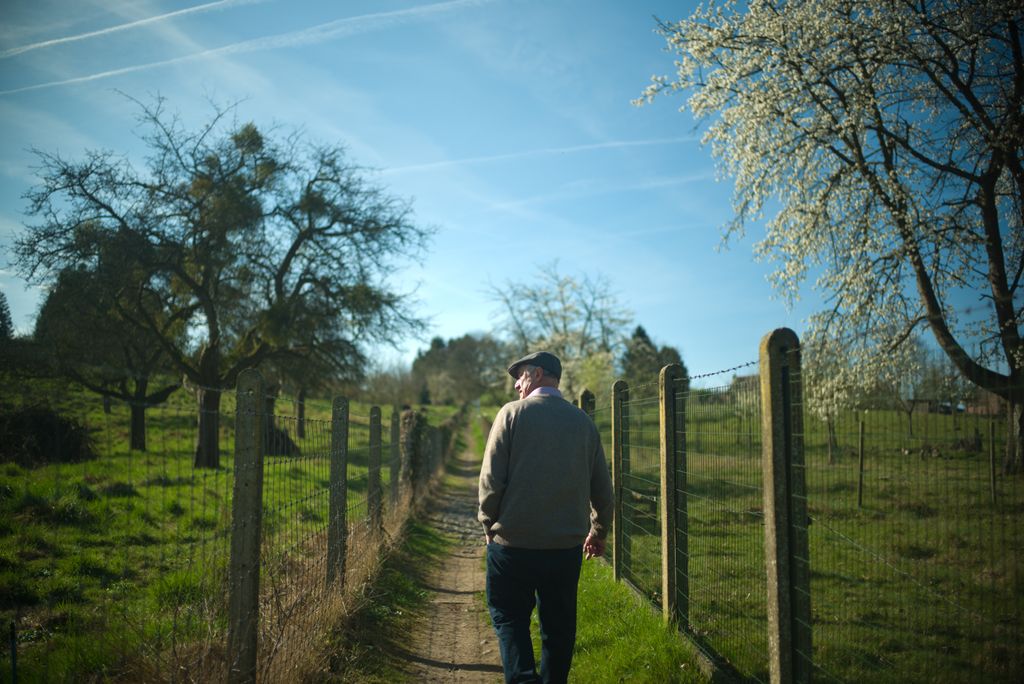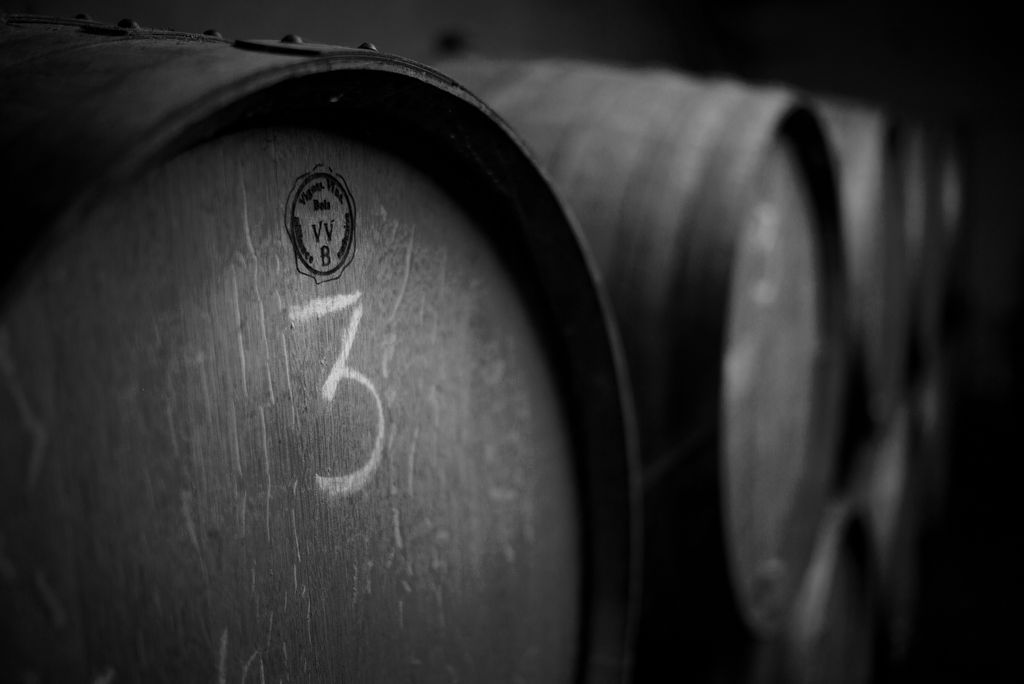
Our geuze may be a popular regional product today, but more than once, its survival hung by a thread.
read more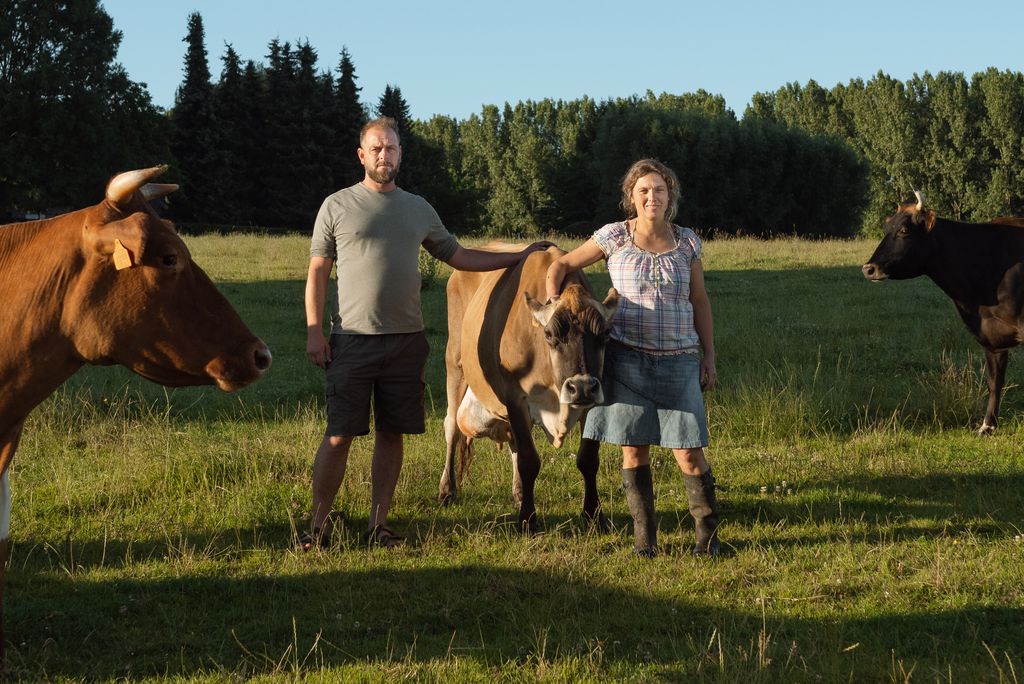
From farmer to brewer and brewer to farmer.
Brouwerij 3 Fonteinen sources barley and wheat with local farmers. The Dubbeldoel farm combines grain cultivation with cattle breeding. The spent grains from the lambic brews make an excellent cattle feed.
read more
Thou shalt not weave with reed.
The beer baskets 3 Fonteinen uses to slowly pour their lambic are weaved by hand using wicker and love, all courtesy of Gerda Legrand.
read more
The last peach will be a sweet one.
In our search for fruit, we like to stay as close to home as possible. When it comes to peaches, there is only one person left in Belgium. Meet Ludo Rosseels.
read more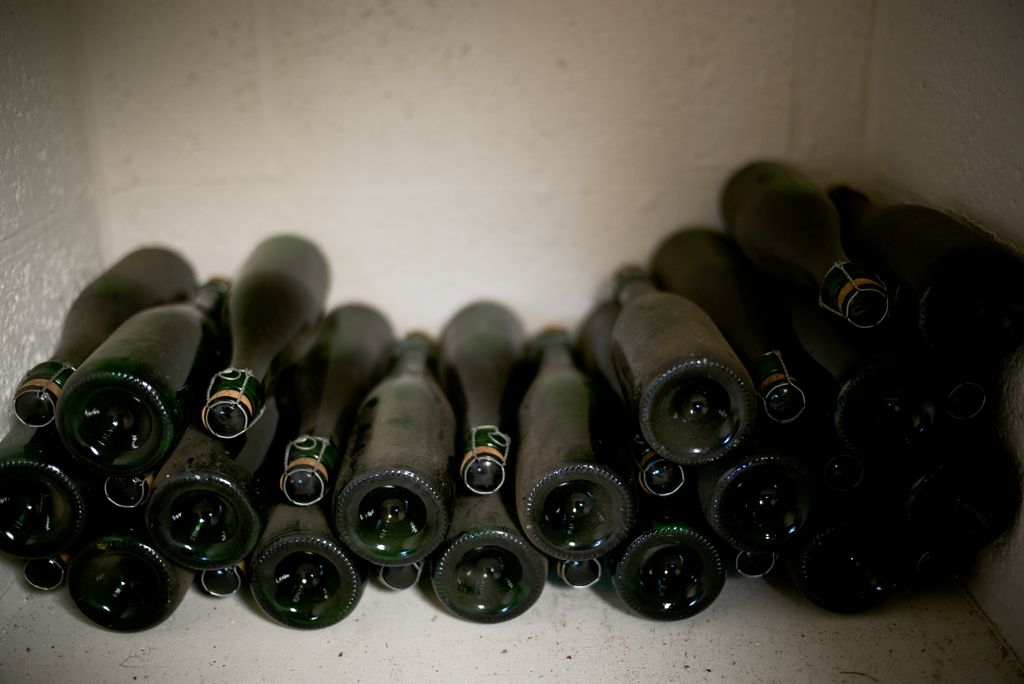
A bottle of geuze or fruitlambik should be stored in a dark, cool and horizontal place. It's a must or the beer will go bad.
read more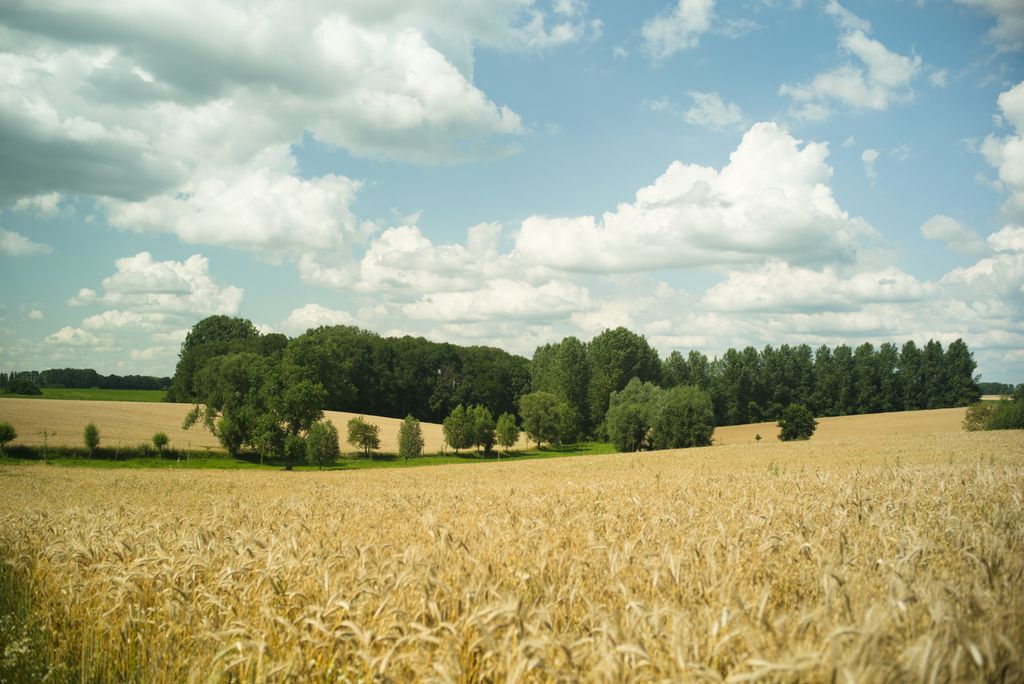
Local wheat can only taste better.
Brouwerij 3 Fonteinen and a network of Pajottenland farmers want to make geuze again with 'The little redhead from Brabant', an old and local wheat variety.
read more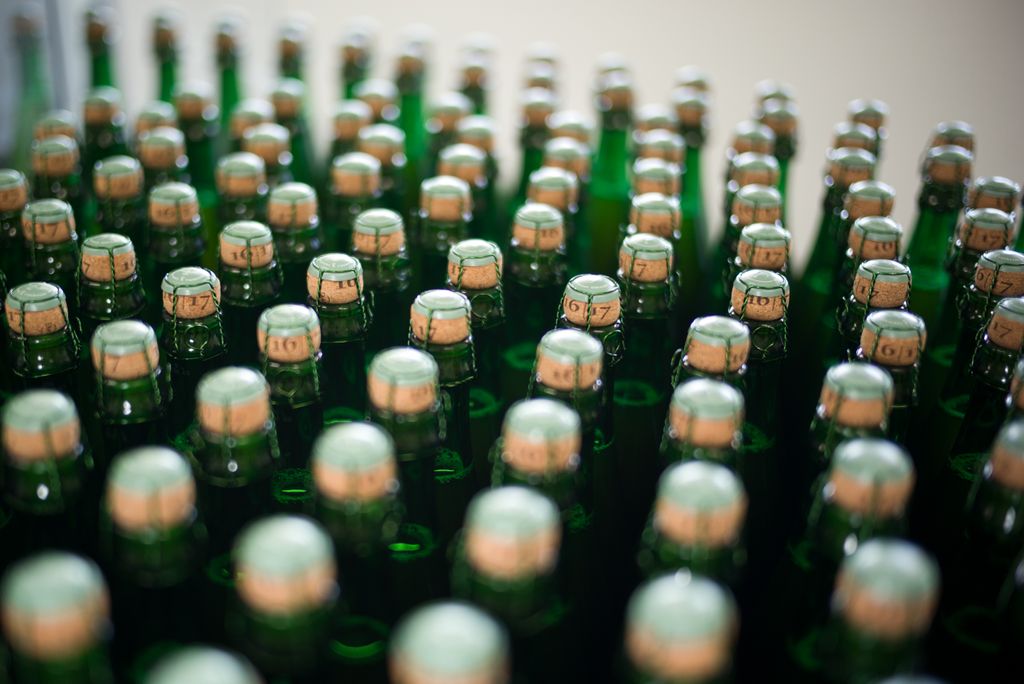
Geuze beer should be served in the right bottle. Both the cork and the colour of the glass are important for storing and serving lambic beers in the best possible way. And what tradition demands, Brouwerij 3 Fonteinen supplies.
read more
Why we cannot make standard lambic.
Brouwerij 3 Fonteinen cannot make the exact same lambik beer twice, and that is just the way we like it.
read more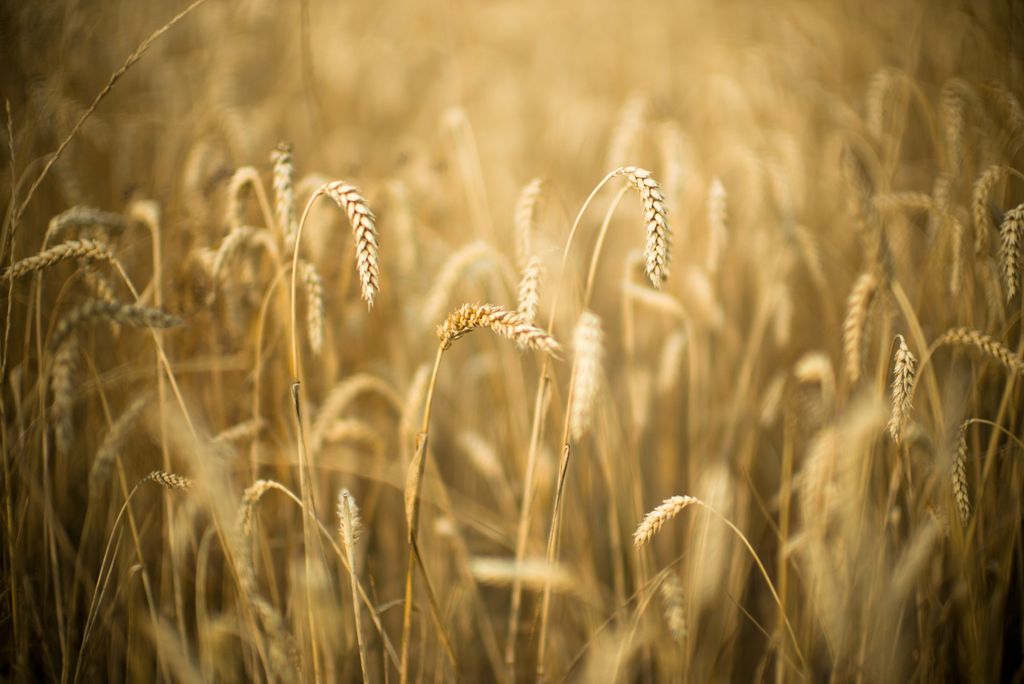
Sourcing barley, wheat and hops from our own back garden is more than buying from local farmers. It is about reinstalling what was bound to be forever lost.
read more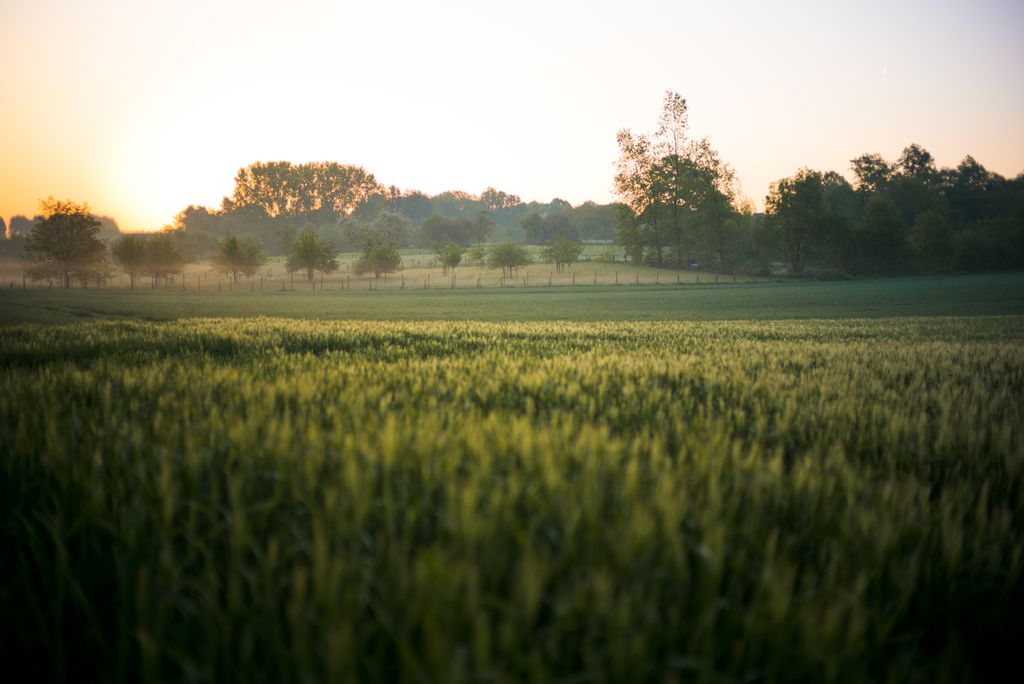
A definitive return to our terroir.
We are going against the modern (lambic) brewing grain when it comes to (fruit) farming, brewing and blending, and extended ageing. Why? Because this once defined a grand tradition ànd beautiful region.
read more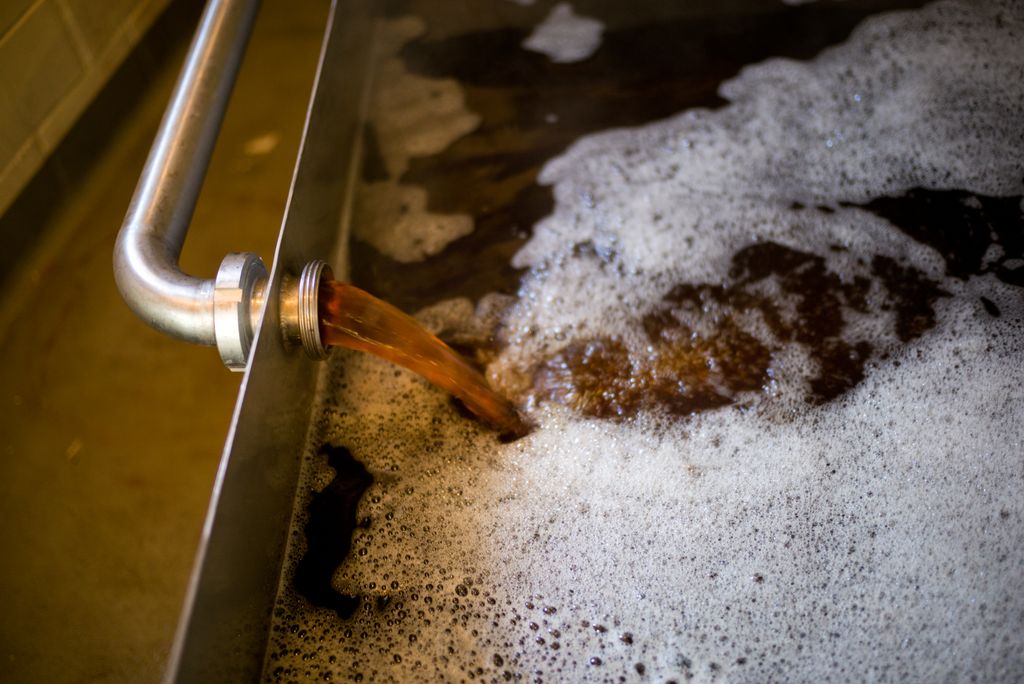
Lambic is great to drink, but usually the 'flat' beer serves as the base for geuze and other derived beers such as kriek and other fruit lambics.
read more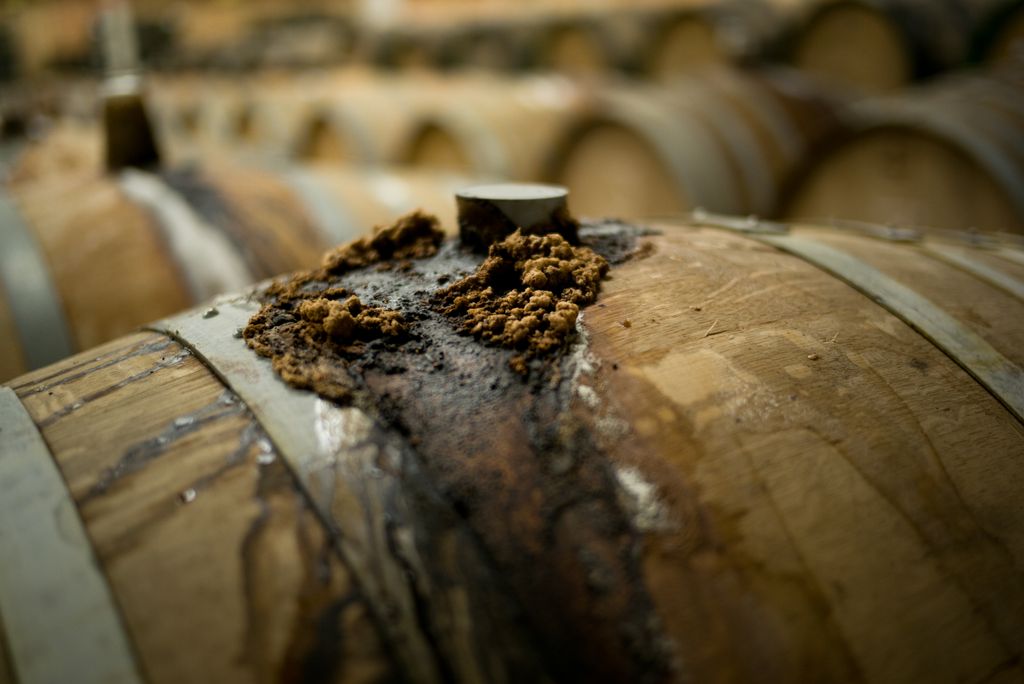
Geuze is created from a mixture - also called a blend - of lambics of at least one, two and three years old, which are bottled and further mature and bottle condition.
read more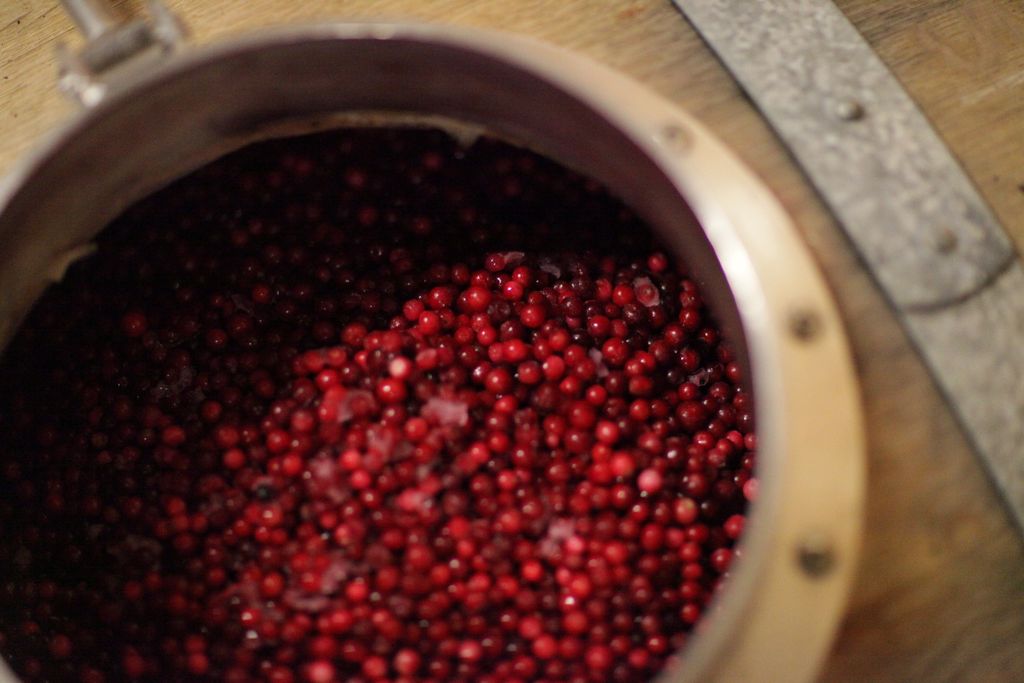
Young lambic is placed in a wooden barrel or stainless-steel tank together with full fruit - no juices, syrups or sugary flavours - and sits for several months. This process is called maceration.
read more